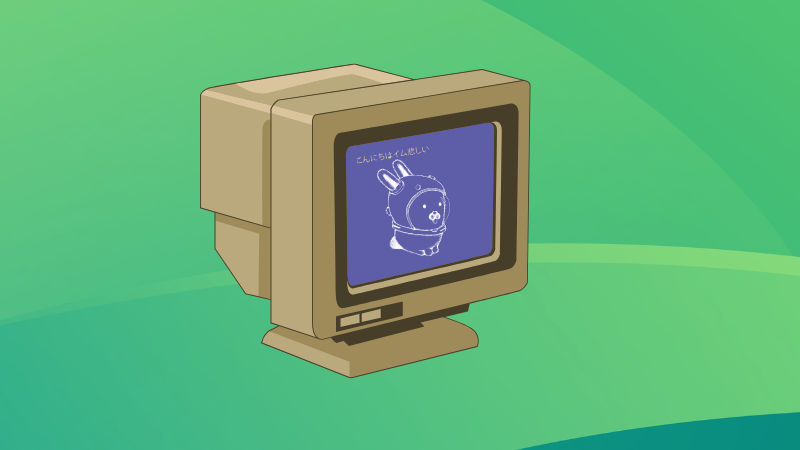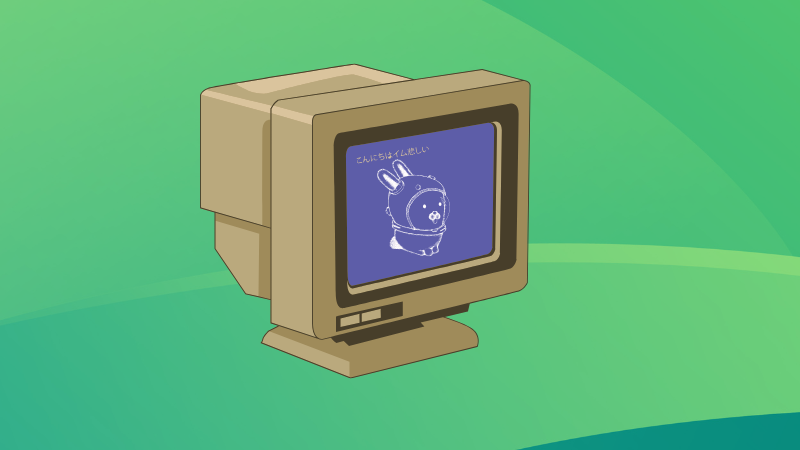
During a weekend of tidying up – you know, the kind of chore where you’re knee-deep in old boxes before you realize it. Digging through the dusty cables and old, outdated user manuals, I found something that I had long forgotten: an old Plan9 distribution. Judging by the faded ink and slight warping of the disk sleeve, it had to be from around 1994 or 1995.
I couldn’t help but wonder: why had I kept this? Back then, I was curious about Plan9. It was a forward-thinking OS that never quite reached full potential. Holding that disk, however, it felt more like a time capsule, a real reminder of computing’s advancements and adventurous spirit in the 1990s.
What Made Plan9 So Intriguing Back Then?
In the 1990s, Bell Labs carried an almost mythical reputation for me. I was a C programmer and Unix system administrator and the people at Bell Labs were the minds behind Unix and C, after all. When Plan9 was announced, it felt like the next big thing. Plan9 was an operating system that promised to rethink Unix, not just patch it up. The nerd in me couldn’t resist playing with it.
A Peek Inside the Distro
Booting up Plan9 wasn’t like loading any other OS. From the minimalist Rio interface to the “everything is a file” philosophy taken to its extreme, it was clear this was something different.
Some standout features that left an impression:
- 9P Protocol: I didn’t grasp its full potential back then, but the idea of treating every resource as part of a unified namespace was extraordinary.
- Custom Namespaces: The concept of every user having their own view of the system wasn’t just revolutionary; it was downright empowering.
- Simplicity and Elegance: Even as a die-hard Unix user, I admired Plan9’s ability to strip away the cruft without losing functionality.
Looking at Plan9 Today
Curiosity got the better of me, and I decided to see if the disk still worked. Spoiler: it didn’t.
But thanks to projects like 9front, Plan9 is far from dead. I was able to download and image and fire it up in a VM. The interface hasn’t aged well compared to modern GUIs, but its philosophy and design still feels ahead of its time.

As a seasoned (read: older) developer, I’ve come to appreciate things I might have overlooked in the 1990s:
- Efficiency over bloat: In today’s world of resource-hungry systems, Plan9’s lightweight design is like a breath of fresh air.
- Academic appeal: Its clarity and modularity makes Plan9 and outstanding teaching tool for operating system concepts.
- Timeless innovations: Ideas like distributed computing and namespace customization feels even more pertinent in this era of cloud computing.
Why didn’t Plan9 take off?
Plan9 was ahead of its time, which often spells doom for innovative tech. Its radical departure from Unix made it incompatible with existing software. And let’s face it – developers were (and still are) reluctant to ditch well-established ecosystems.
Moreover, by the 1990s, Unix clones, such as Linux, were gaining traction. Open-source communities rallied around Linux, leaving Plan9 with a smaller, academic-focused user base. It just didn’t have the commercial/user backup.
Plan9’s place in the retro-computing scene
I admit it: I can get sappy and nostalgic over tech history. Plan9 is more than a relic; it’s a reminder of a time when operating systems dared to dream big. It never achieved the widespread adoption of Unix or Linux, but it still has a strong following among retro-computing enthusiasts.
Here’s why it continues to matter:
- For Developers: It’s a masterclass in clean, efficient design.
- For Historians: It’s a snapshot of what computing could have been.
- For Hobbyists: It’s a fun, low-resource system to tinker with.
Check out the 9front project. It’s a maintained fork that modernizes Plan9 while staying true to its roots. Plan9 can run on modern hardware. It is lightweight enough to run on old machines, but I suggest using a VM; it is the easiest route.
Lessons from years past
How a person uses Plan9 is up to them, naturally, but I don’t think that Plan9 is practical for everyday use. Plan9, I believe, is better suited as an experimental or educational platform rather than a daily driver. However, that doesn’t mean that it wasn’t special.
Finding that old Plan9 disk wasn’t just a trip down memory lane; it was a reminder of why I was so drawn to computing. Plan9’s ambition and elegance is still inspiring to me, even decades later.
So, whether you’re a retro-computing nerd, like me, or just curious about alternative OS designs, give Plan9 a run. Who knows? You might find a little magic in its simplicity, just like I did.
Source: Read More



